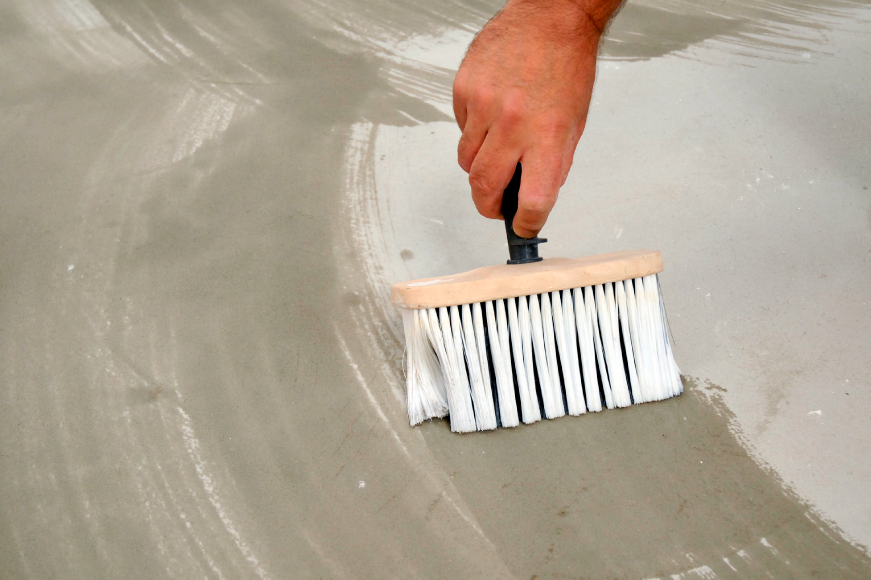
To achieve a high-quality and beautiful cladding, the main wall should be treated with various materials - gage, putty. All of these coatings should be primed at each stage. For these purposes, various primers are used, which strengthen loose bases, fill the pores of surfaces, help reduce the consumption of glue, paint, etc. In addition, the primer protects the surfaces from the appearance of fungi and mold.
How to choose a soil for specific operating conditions?
Primer for outdoor use. For outdoor work, the soil should be frost-resistant. In such cases, a deep penetration silicate and acrylic primer is used. It penetrates into the base, fills the pores, does not allow moisture to be absorbed into the surface. Moisture trapped in the surface turns into ice, which has the property of expanding when frozen. From this, the surface cracks and the wall collapses over time.
Primer for interior work. When choosing a primer for interior work, the absence of odor should be taken into account. In such cases, a water-based latex or acrylic compound is suitable. Also consider the nature of the room and the surface to be primed. For damp rooms or woody surfaces, a primer with an antiseptic is suitable.
For concrete, any primer designed for loose, porous bases, for example, acrylic or alkyd, is suitable. You can also use the "Betonokontakt" compounds - a pink liquid with quartz sand, which makes the surface of the walls rough. In places of increased vibration, this will be advisable.
Oil compositions are used for wood, after which the wood can be painted even if it has already been painted. Acrylic primer can be applied in several coats, which will strengthen the equipment and make it water-resistant. Many manufacturers indicate on the packaging of such primers: "for wood".
In the case of ceilings, you can use any composition for mineral bases, including "Betonokontat". On ceilings, the plaster does not hold well, unlike other surfaces, and the primer helps it hold tightly and does not flake off.
For finishing drywall, the choice of a primer will not pose any problems at all. You don't have to worry about looseness and porosity, or about the absorption of moisture into the surface. It is enough to choose a universal acrylic primer, preferably with antiseptics.
How to choose a primer for certain types of finishes?
There are several important reasons for priming walls. Firstly, the primer will help to apply the solution to the surface evenly and in a thin layer. Secondly, it will protect the surface from drying out and cracking. If your base consists of concrete or brick, then "Betonokontakt" or another composition on a mineral basis will do.
Ceramic tiles are laid in damp rooms, therefore the composition of the primer used must be moisture resistant, with fungicides that prevent the appearance of mold and mildew.
When choosing a primer for walls for wallpaper, the type of wallpaper should be taken into account. If it is thin paper or textile wallpaper, then the best option would be an odorless acrylic or latex primer. Vinyl wallpaper is best glued to vinyl acetate primers. In the case of drywall, it is sufficient to apply one layer of primer, and mineral surfaces, as we said above, require a deep penetration composition. Be sure to take into account the fact that white soil should be taken for wallpaper or wall painting, since beige or gray can protrude and give the finish coat a different shade. Remember also that when choosing a primer for painting walls, it is advisable to purchase primer and paint of the same brand.
This was a brief overview of the most important aspects for the selection of soils, and on our website you will find them from various manufacturers and will be able to choose the right ones for the intended purposes.
“Domino” wishes you all the best!
